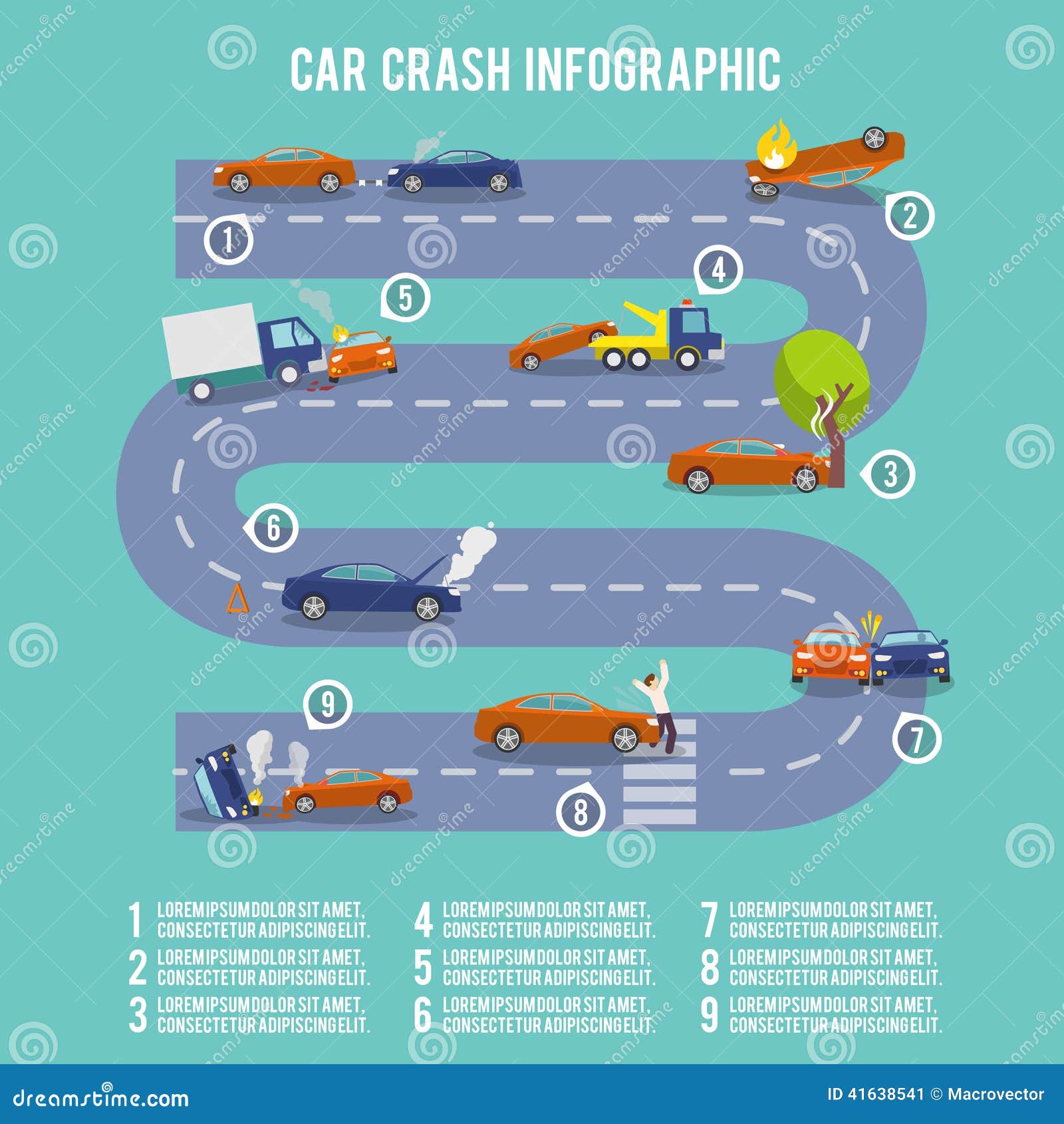Recognizing Your Vehicle'S Caution Lighting: What Do They Really Mean?
Recognizing Your Vehicle'S Caution Lighting: What Do They Really Mean?
Blog Article
Authored By-Higgins Shepherd
When you lag the wheel, those beautiful caution lights on your control panel can be a little bit difficult. Do you recognize what they're trying to inform you regarding your vehicle's wellness? Recognizing the value of these lights is vital for your safety and security and the longevity of your vehicle. So, the next time one of those lights turns up, wouldn't you wish to decode its message accurately and take the necessary actions to resolve it?
Common Caution Lighting and Interpretations
Recognize common caution lights in your automobile and comprehend their definitions to make certain secure driving.
https://spectrumnews1.com/oh/columbus/news/2022/05/13/shortage-of-auto-techs include the check engine light, which signifies concerns with the engine or discharges system. If this light begins, it's essential to have your vehicle inspected quickly.
The oil pressure cautioning light suggests low oil pressure, needing prompt attention to stop engine damages.
https://daltonnhbuo.blogsvila.com/32232314/how-mobile-automobile-describing-services-can-save-you-time-and-money blinking battery light may recommend a damaged charging system, potentially leaving you stranded if not dealt with.
The tire pressure monitoring system (TPMS) light signals you to reduced tire stress, influencing vehicle security and fuel performance. Ignoring this might cause harmful driving problems.
The ABS light shows a trouble with the anti-lock braking system, compromising your capability to stop quickly in emergencies.
Finally, the coolant temperature level advising light warns of engine getting too hot, which can lead to severe damage otherwise settled swiftly.
Comprehending these common warning lights will aid you address concerns promptly and keep secure driving problems.
Relevance of Prompt Interest
Understanding the usual caution lights in your vehicle is only the very first step; the relevance of quickly resolving these warnings can't be emphasized sufficient to guarantee your safety and security on the road.
When a warning light brightens on your control panel, it's your car's means of interacting a prospective problem that needs attention. Neglecting these cautions can cause much more severe issues down the road, compromising your safety and security and potentially costing you much more in repairs.
Prompt attention to advising lights can stop malfunctions and crashes. For instance, a flashing check engine light could show a misfire that, if left neglected, could create damage to the catalytic converter. Resolving this without delay can conserve you from a costly repair service.
Likewise, a brake system advising light might indicate low brake fluid or used brake pads, essential parts for your safety when driving.
Do It Yourself Troubleshooting Tips
If you see a caution light on your dashboard, there are a couple of do it yourself fixing ideas you can attempt before seeking expert help.
The initial step is to consult your vehicle's guidebook to recognize what the particular warning light shows. In some cases the problem can be as easy as a loosened gas cap activating the check engine light. Tightening up the gas cap may solve the trouble.
An additional typical issue is a low battery, which can trigger different cautioning lights. Examining the battery connections for rust and guaranteeing they're safe and secure might take care of the trouble.
If a warning light lingers, you can attempt resetting it by detaching the auto's battery for a few minutes and after that reconnecting it. Additionally, checking your vehicle's fluid degrees, such as oil, coolant, and brake liquid, can help troubleshoot alerting lights associated with these systems.
Verdict
To conclude, understanding your auto's warning lights is crucial for maintaining your lorry running smoothly and safely. By quickly dealing with these alerts and understanding what they suggest, you can avoid expensive repairs and potential break downs.
Remember to consult your vehicle's handbook for specific details on each cautioning light and act accordingly to guarantee a trouble-free driving experience.
Keep educated, stay risk-free when driving!
